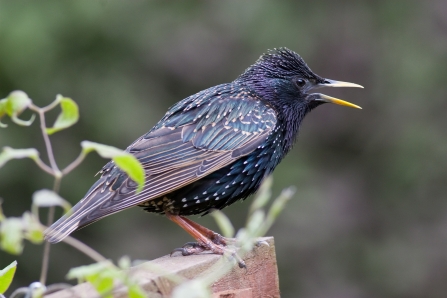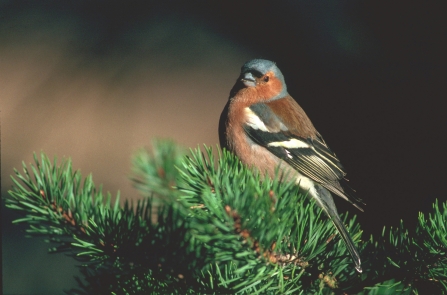Next time you’re out for a walk, listen for these skilful songsters and enjoy the sounds of spring.
Blackbird (photo above)
The melodious blackbird is a common sight across the UK and one of our most familiar thrushes. Their jet black plumage and striking orange bill makes the males of the species instantly recognisable. Blackbirds will sing near their breeding territories, and their rich, mellow song is arguably one of the most beautiful among our garden birds. Their complex melodies have short gaps between phrases, and will usually end with a harsh rattling sound.


